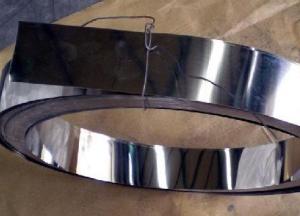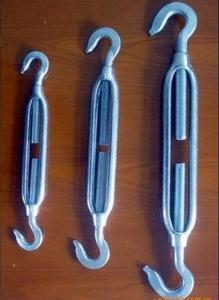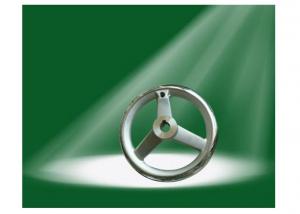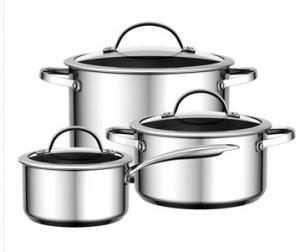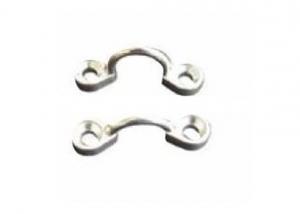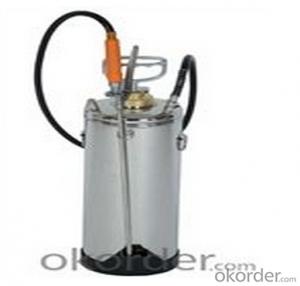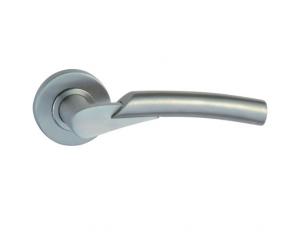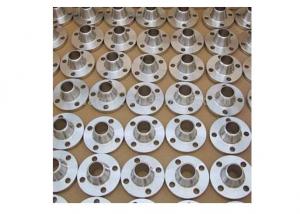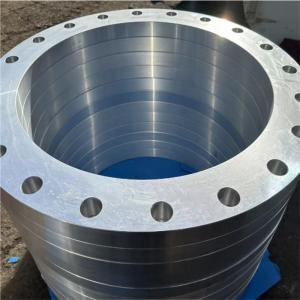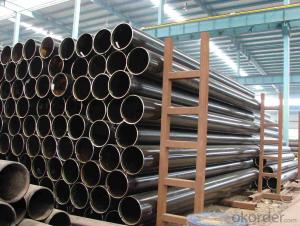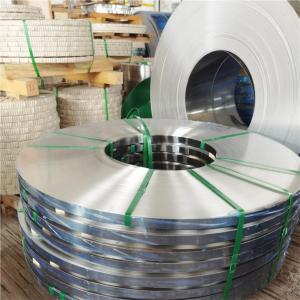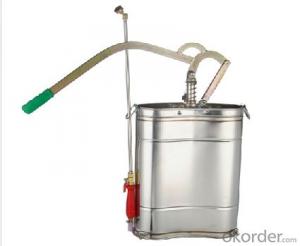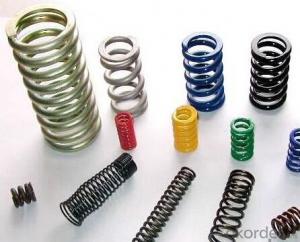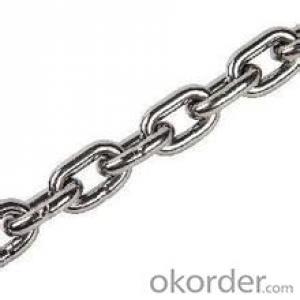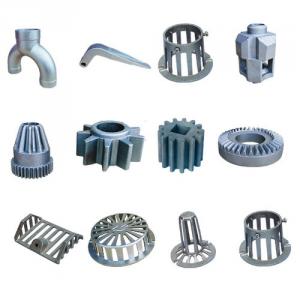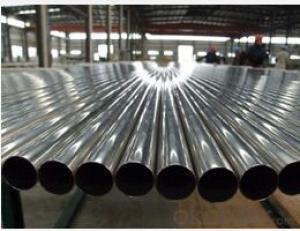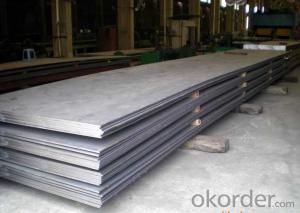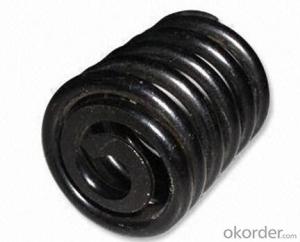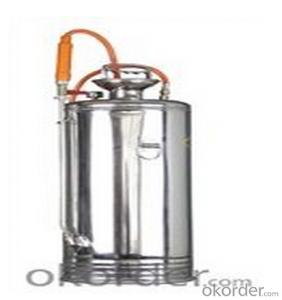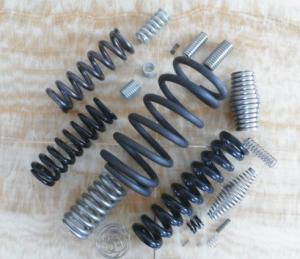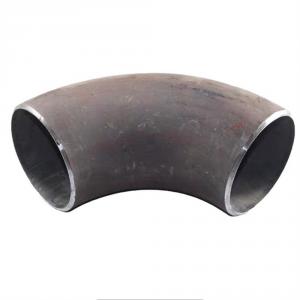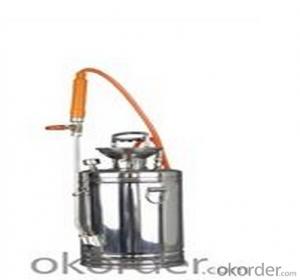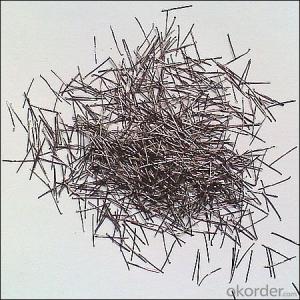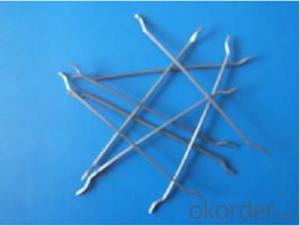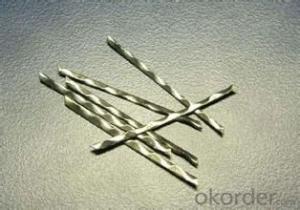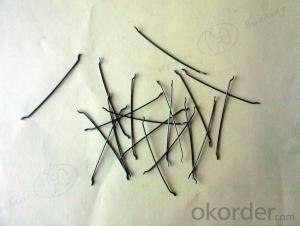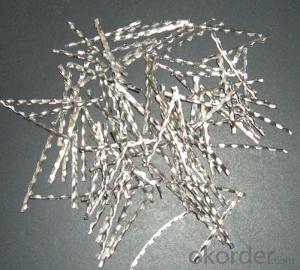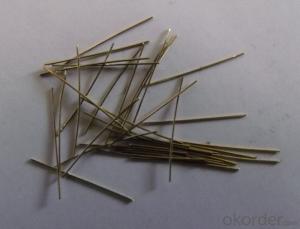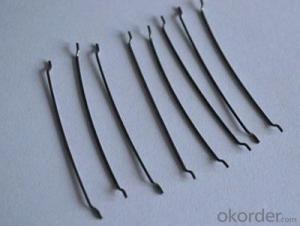Wd40 On Stainless Steel
Wd40 On Stainless Steel Related Searches
Wd40 Stainless Steel Wd 40 For Stainless Steel Stainless Steel Wd40 Weld Stainless Steel Steel Wool On Stainless Steel White Stainless Steel Stainless Steel Whisk Welded Stainless Steel 400 Stainless Steel 3d Printing Stainless Steel Mold On Stainless Steel Stainless Steel 3d Printing Stainless Steel Weld 3d Printed Stainless Steel Welder For Stainless Steel 440 Stainless Steel A4 Stainless Steel Drilling Into Stainless Steel Stainless Steel 440 440 C Stainless Steel Anodizing Stainless Steel 440a Stainless Steel Stainless Steel 3d Printer Sublimating On Stainless Steel Powder Coating Stainless Steel Sublimation On Stainless Steel Stainless Steel Elements Stainless Steel Welder Bending Stainless Steel Vinegar On Stainless SteelWd40 On Stainless Steel Supplier & Manufacturer from China
WD-40 is a versatile product that is widely used for its ability to penetrate, lubricate, and protect metal surfaces, including stainless steel. It is particularly effective in maintaining the longevity and performance of stainless steel components by preventing rust and corrosion. WD-40 can be applied to various stainless steel items such as tools, machinery, and outdoor fixtures, ensuring they remain in optimal condition. The product's unique formula not only cleans and loosens rusted parts but also leaves a thin, protective film that shields against future moisture and wear.In various industries and households, WD-40 is recognized for its effectiveness on stainless steel, making it a go-to solution for maintenance and repair tasks. Whether it's a stuck stainless steel bolt or a squeaky hinge, WD-40 can be relied upon to provide a quick and efficient solution. Its non-flammable and water-displacing properties make it safe for use in a wide range of applications, from automotive to marine and industrial settings.
Okorder.com is a reputable wholesale supplier of WD-40, offering a vast inventory of this popular product to cater to the needs of businesses and individuals alike. By partnering with Okorder.com, customers can enjoy the convenience of purchasing WD-40 in bulk, ensuring they always have a reliable supply of this essential stainless steel maintenance solution on hand.
Hot Products
